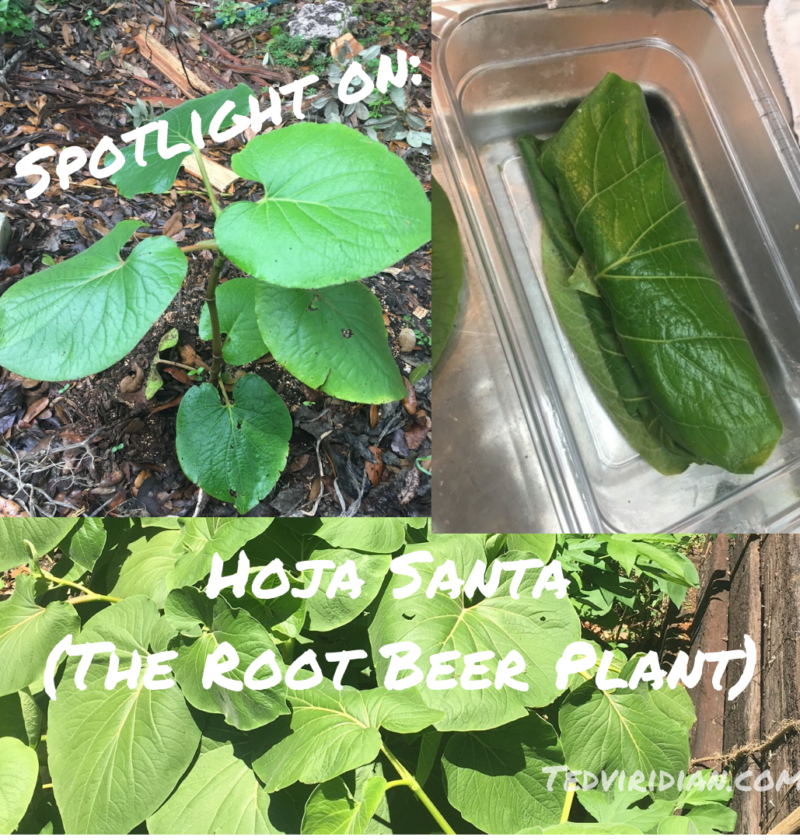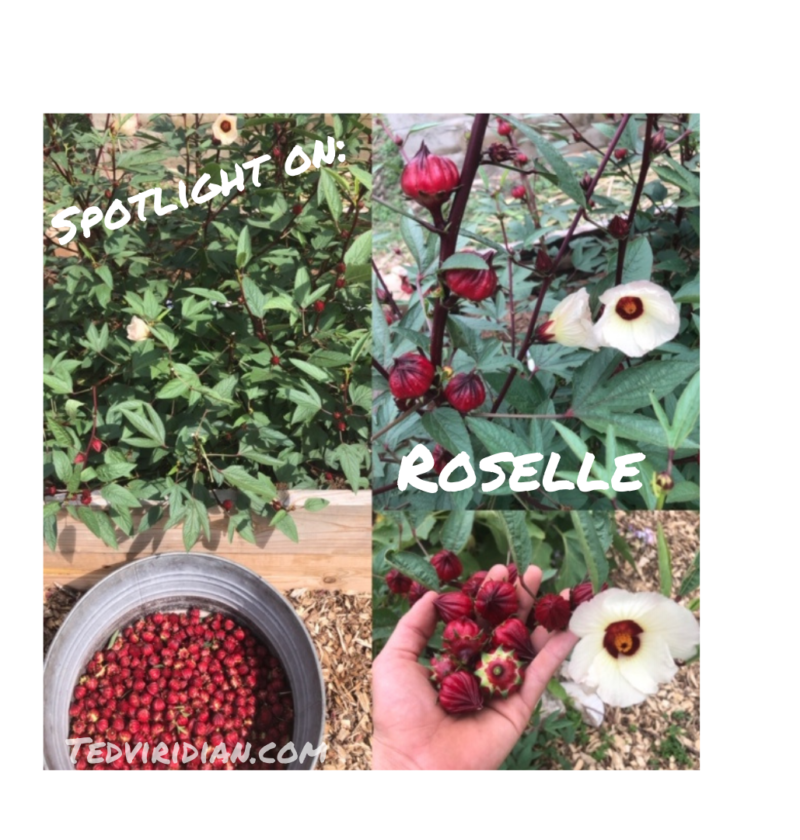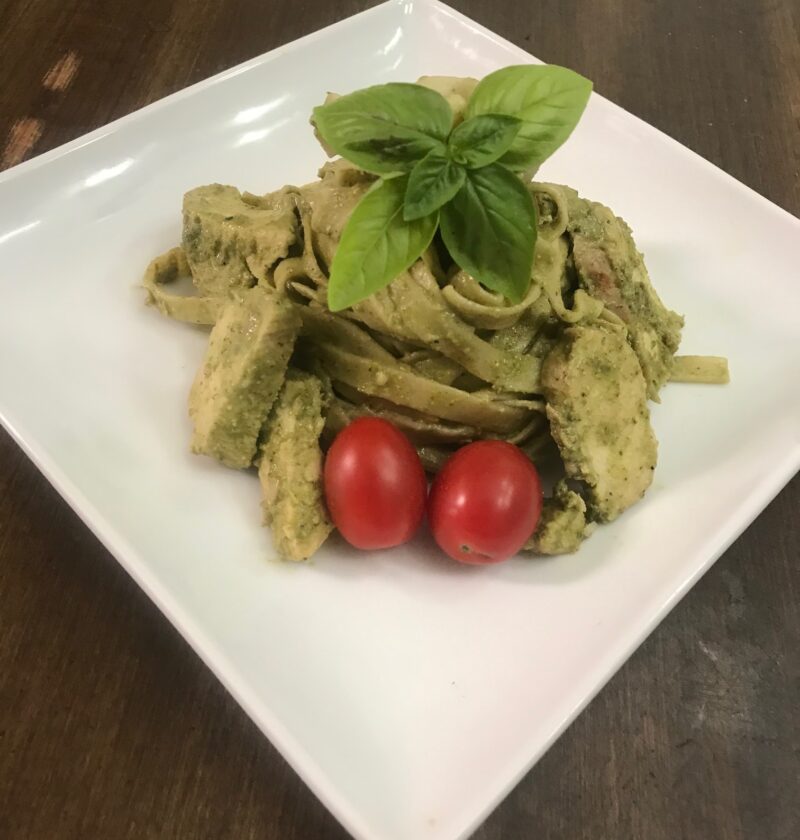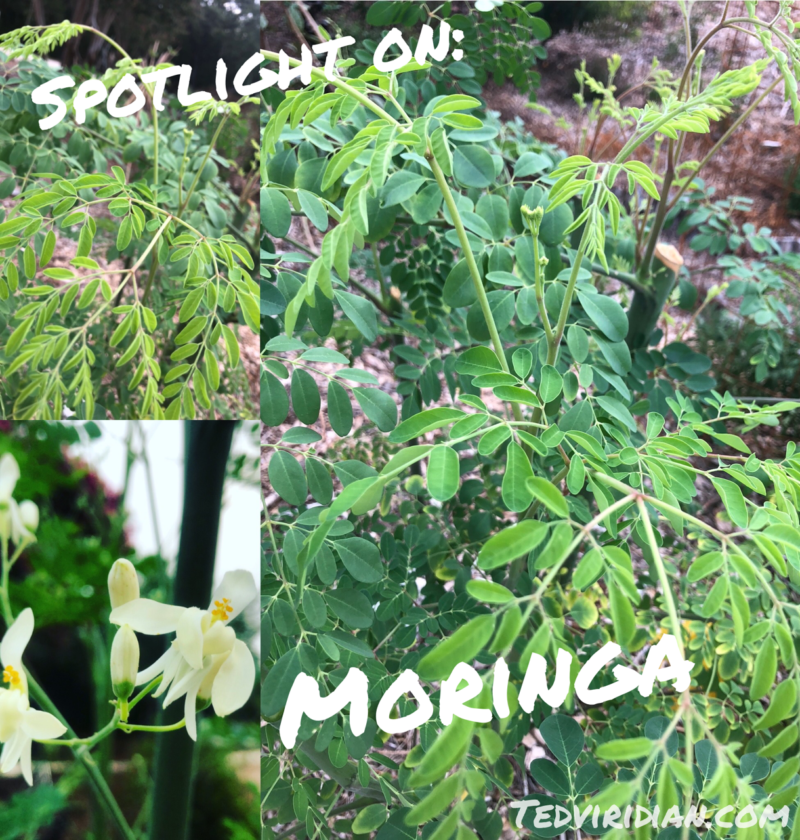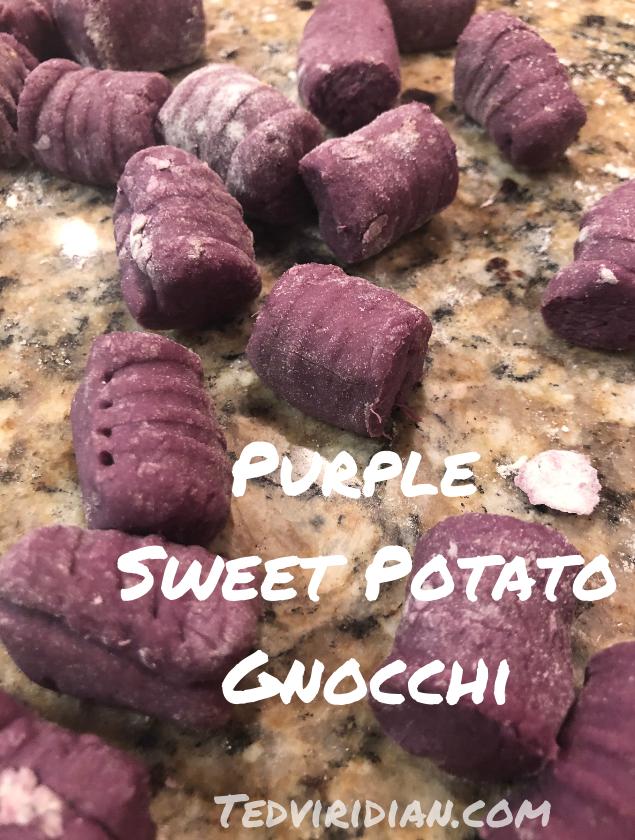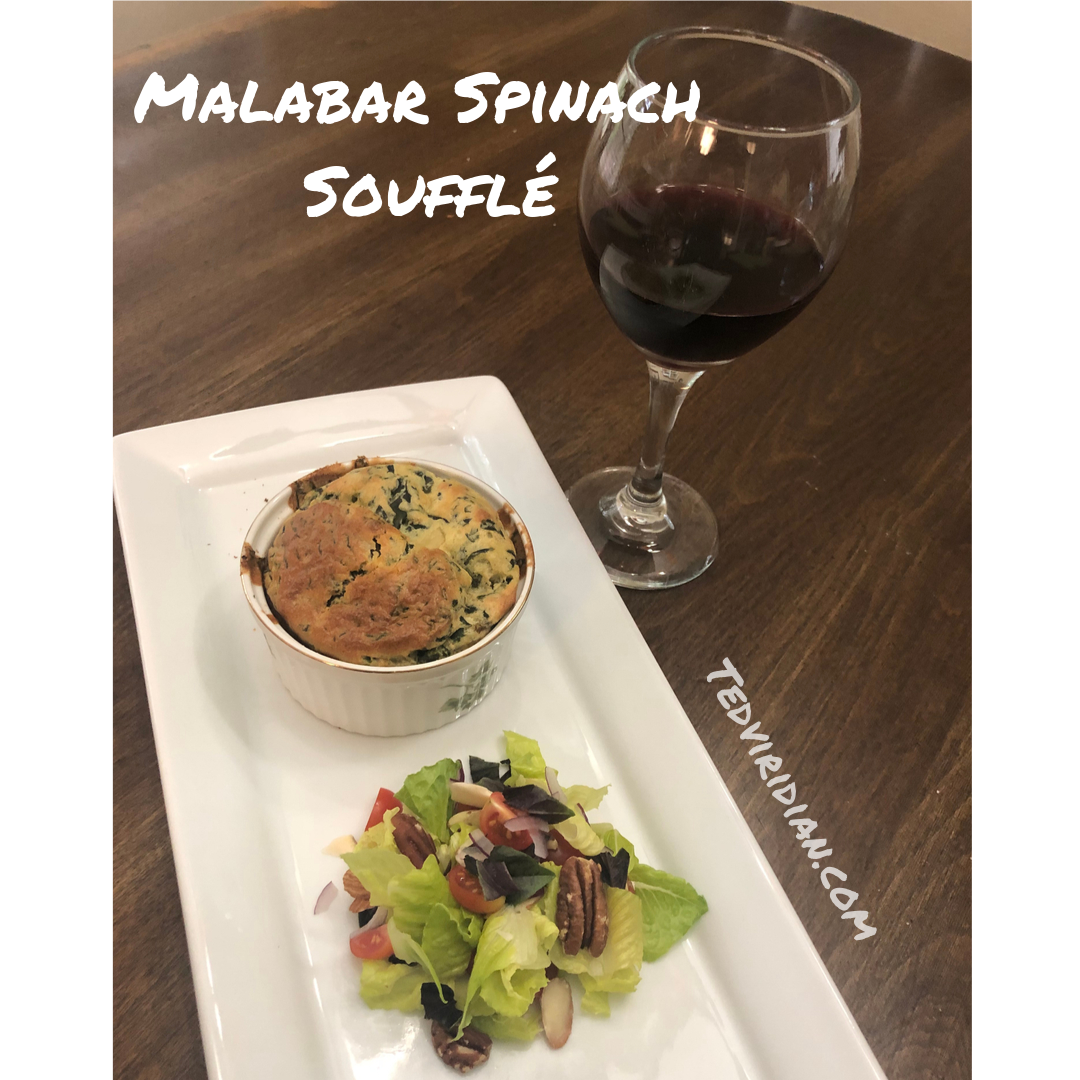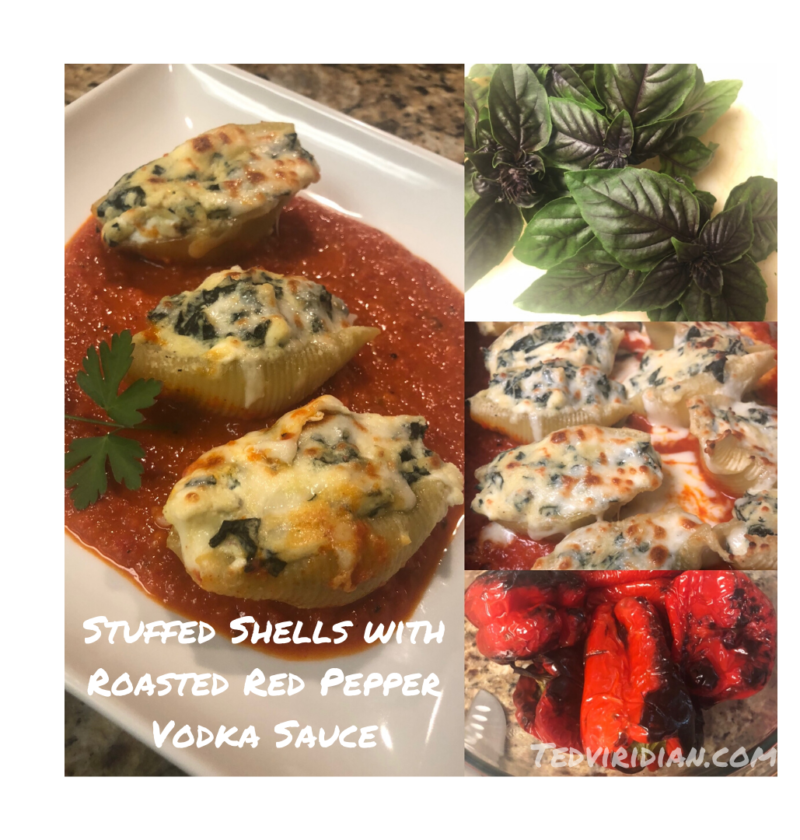Spotlight on: Hoja Santa (Root Beer Plant)
This Relative of Black Pepper has giant tropical leaves the size of dinner plates — and they smell like root beer! Its name means “Sacred Leaf,” and this native of the Central American jungle understory has it made in the shade! Know it Hoja Santa is a fast-growing, non-woody herbaceous plant. It produces baby plants …
